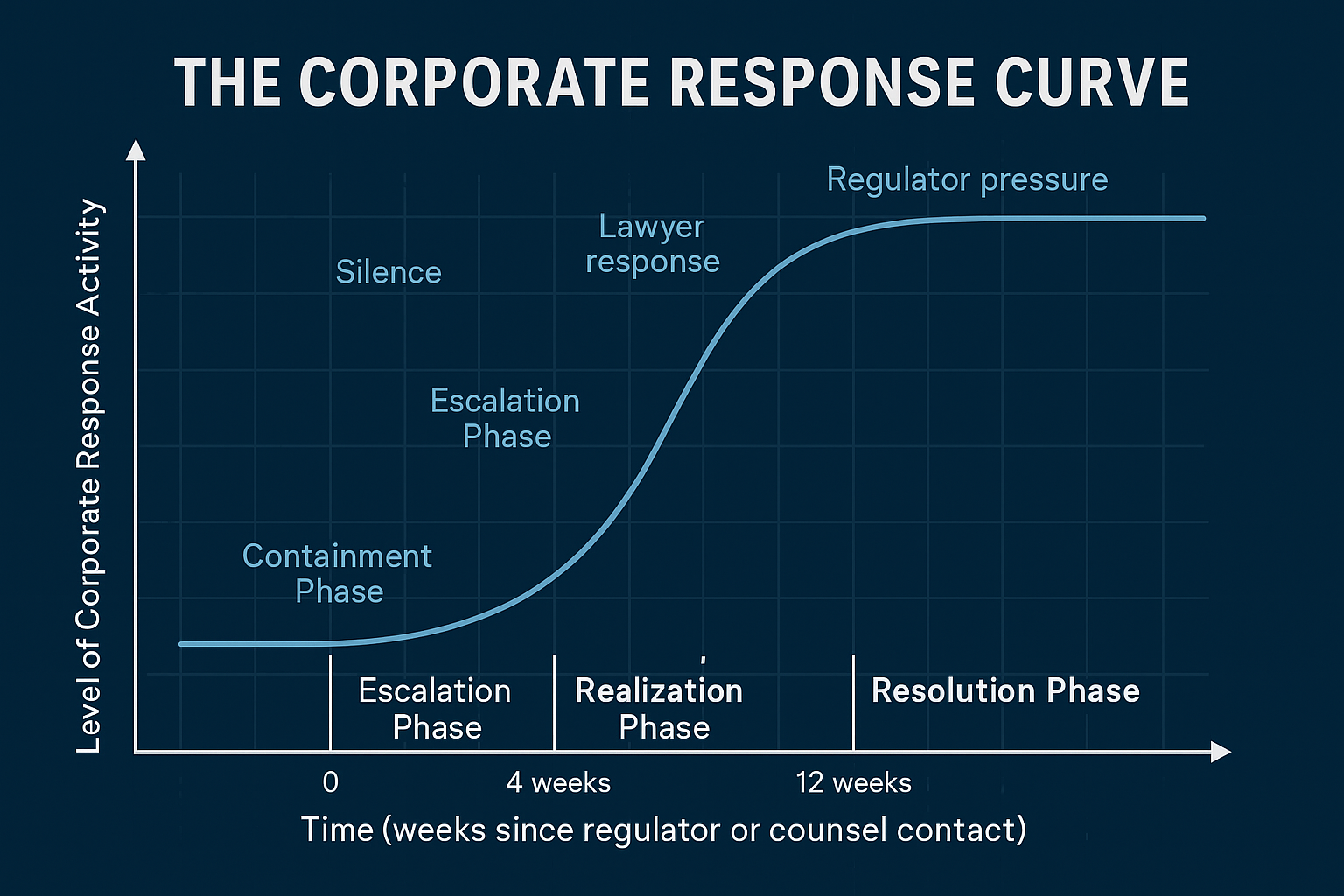
The Corporate Response Curve: How Accountability Evolves Under Pressure
A data-informed behavioral model showing how corporations evolve from denial to resolution when regulatory exposure forces accountability.

A data-informed behavioral model showing how corporations evolve from denial to resolution when regulatory exposure forces accountability.
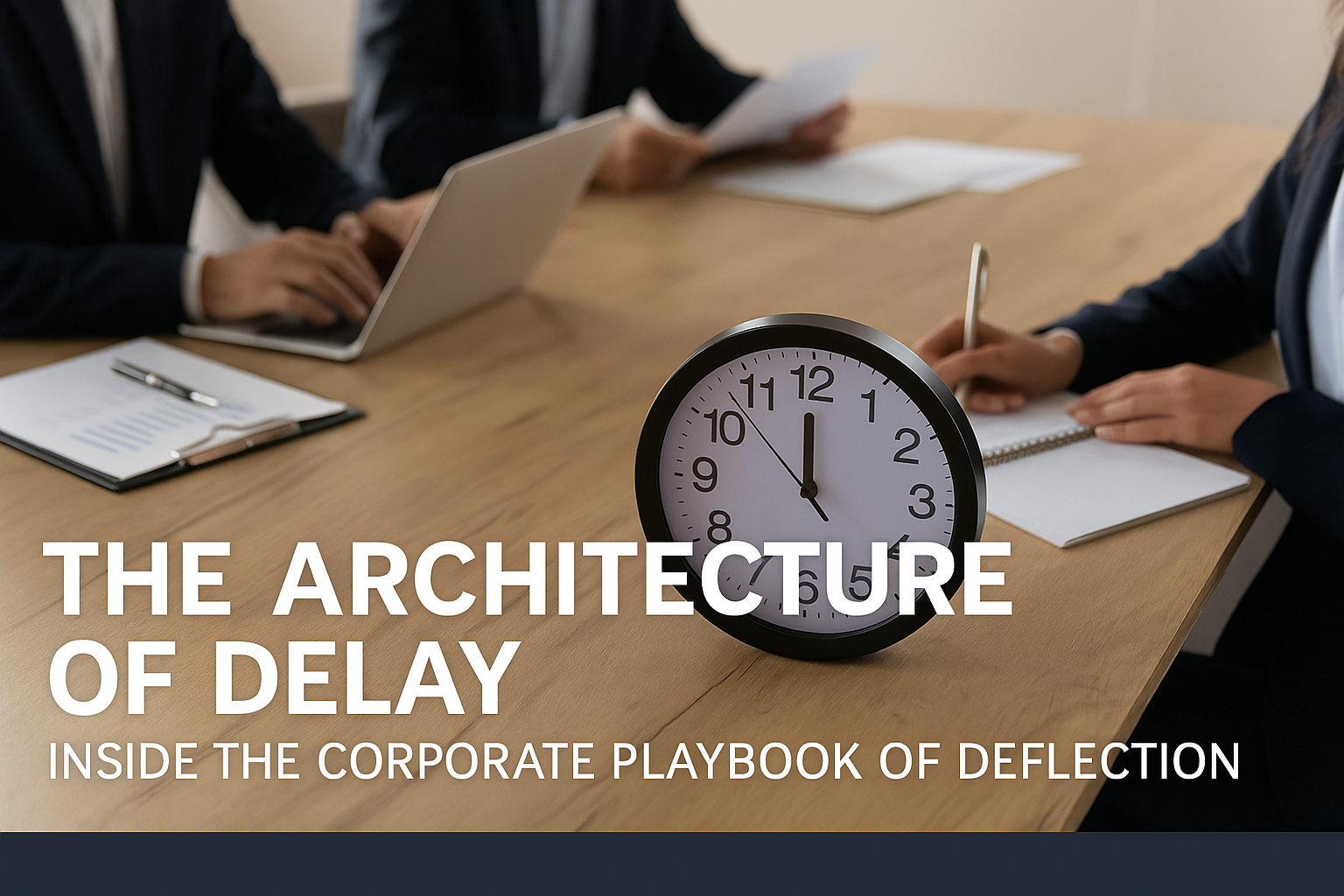
Delay isn’t indecision, it’s design. This article unpacks how corporations use procedural mechanisms like reviews, audits, and outside counsel to stretch timelines, blur responsibility, and quietly exhaust accountability itself.
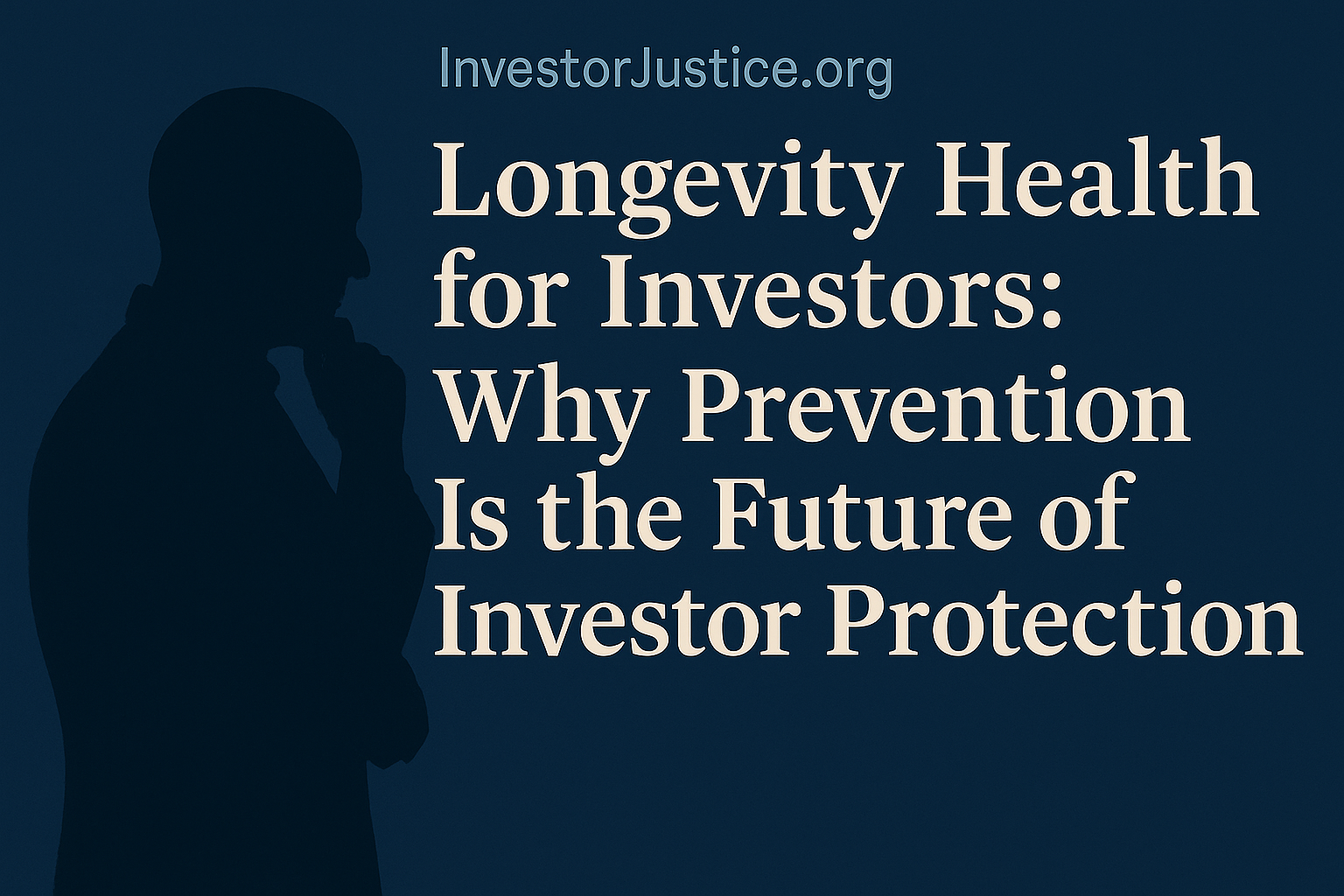
Longevity health for investors” reframes investor protection as prevention, not reaction; a philosophy of sustaining financial trust through transparency, resilience, and proactive accountability long before harm occurs.
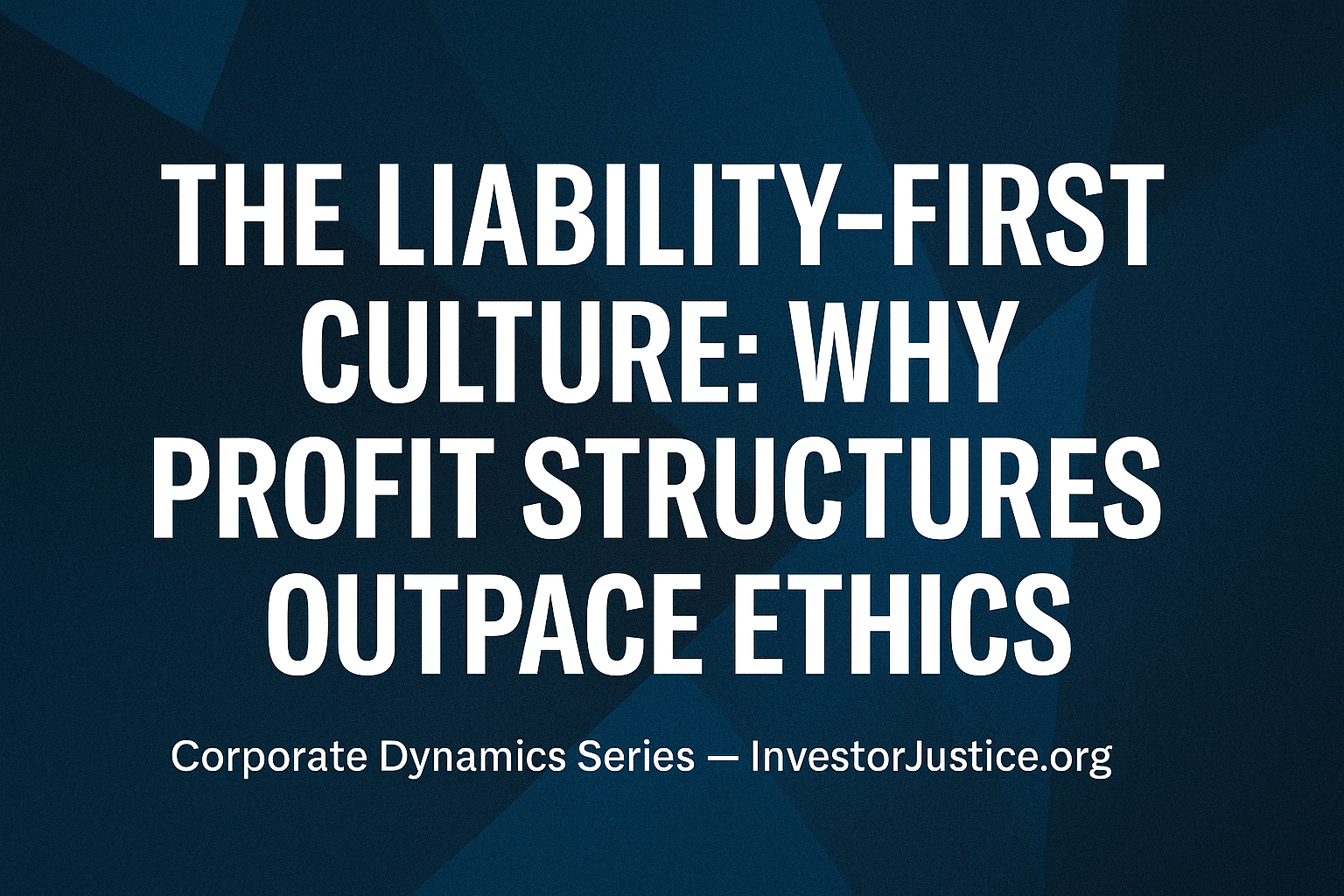
When profit metrics outpace ethics, legal departments become shields instead of safeguards. This article explores how liability-first cultures evolve and how companies can re-engineer accountability before public trust collapses.
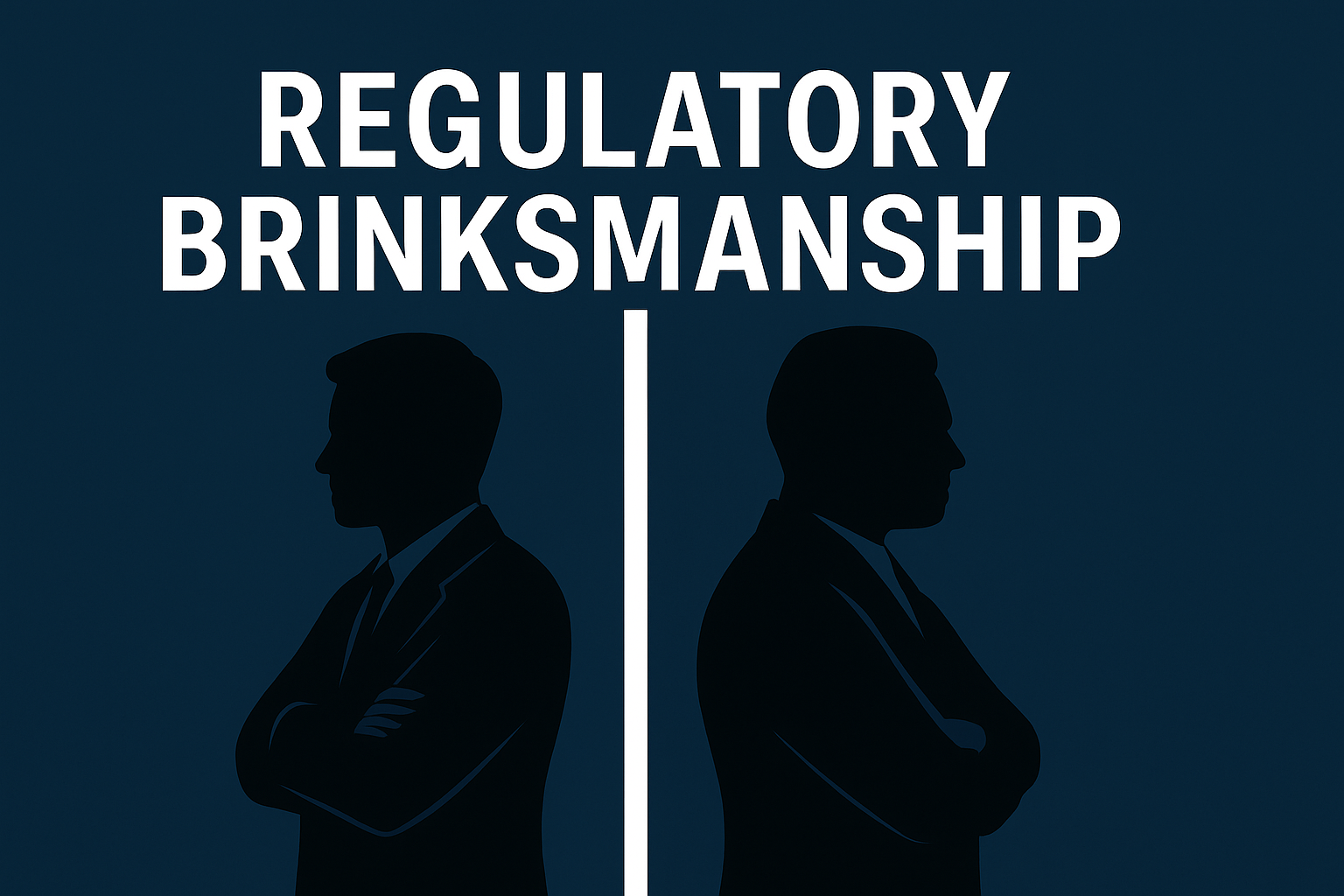
Regulatory pride is not protection. When agencies like DFPI and FINMA hesitate to coordinate, citizens pay the price. This piece examines how inter-agency brinksmanship cripples enforcement and turns protection into performance.

A deep look at the myth of plausible deniability and how regulatory transparency unravels the protective fog between leadership and liability.
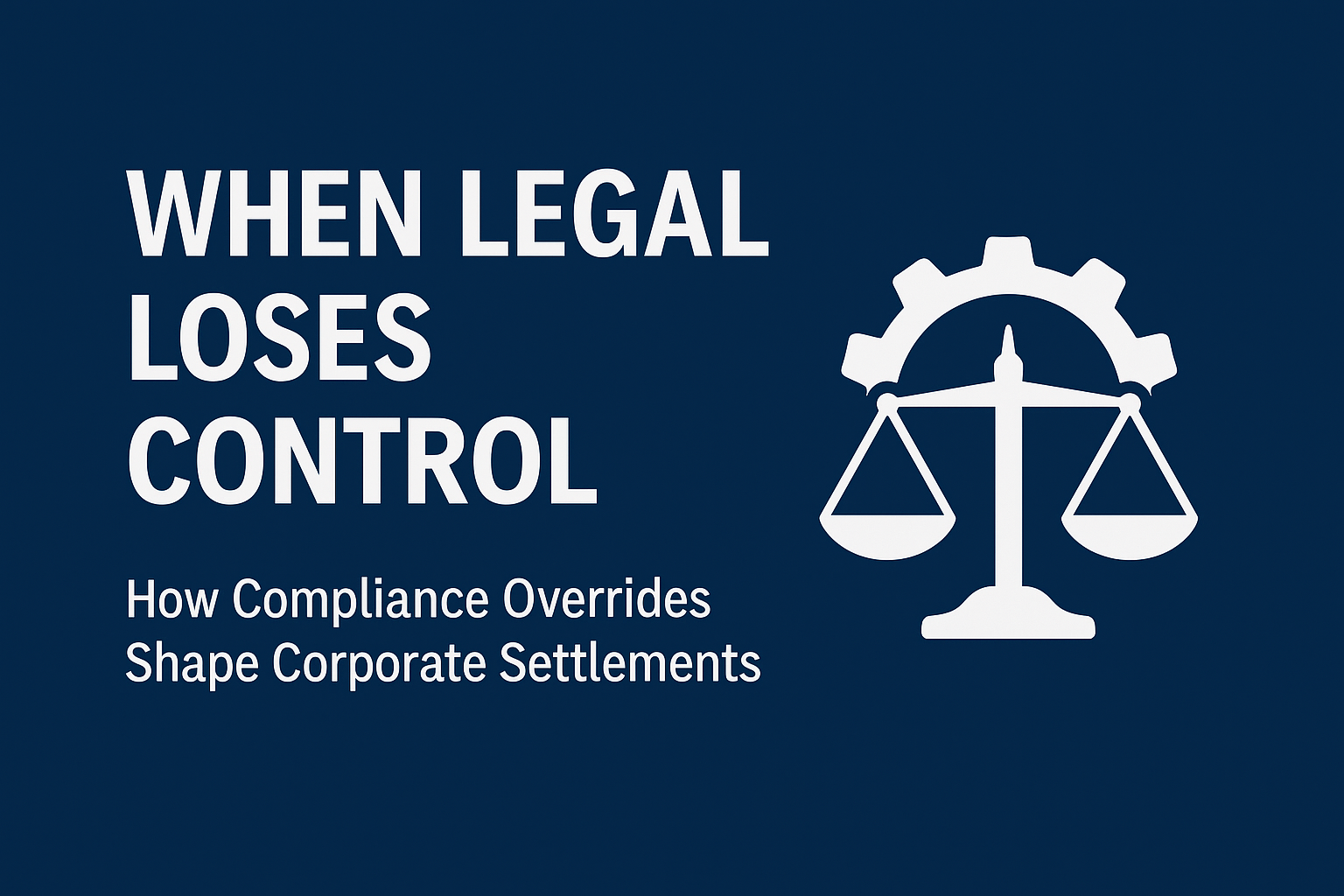
When legal containment fails, accountability begins. This article explains how internal compliance and risk functions override corporate legal shields and force leadership to confront the consequences of their own governance decisions.
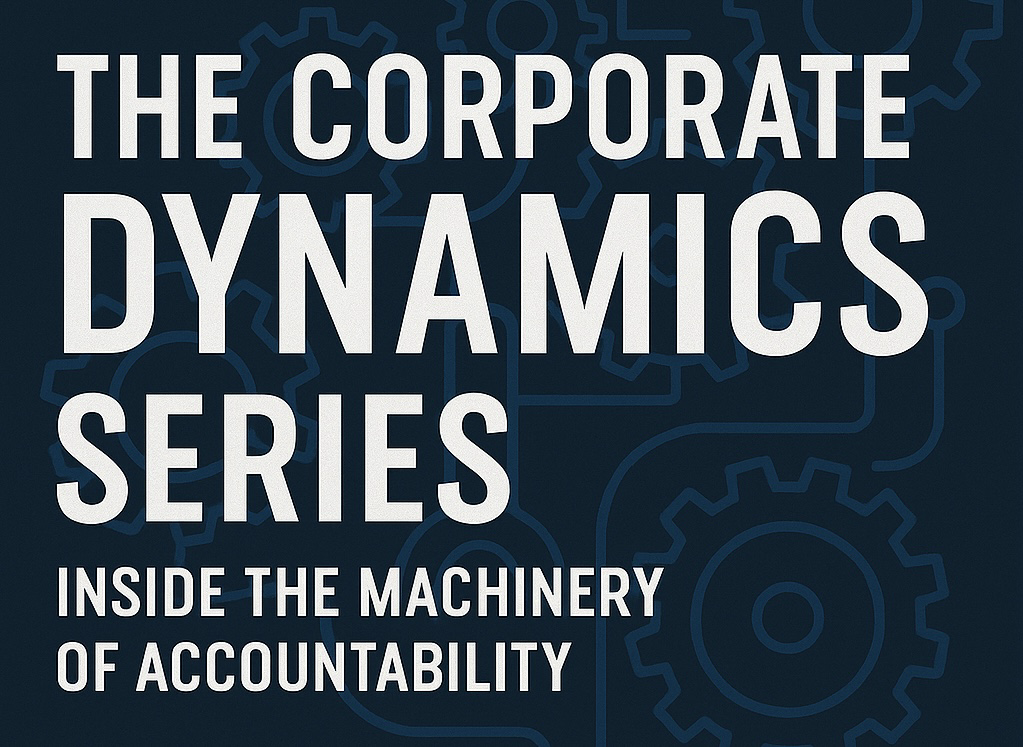
InvestorJustice.org’s Corporate Dynamics Series exposes the inner workings of corporate power — how legal strategy, compliance, and governance shape accountability long before a crisis becomes public. A roadmap for understanding, and preventing, the next preventable failure.
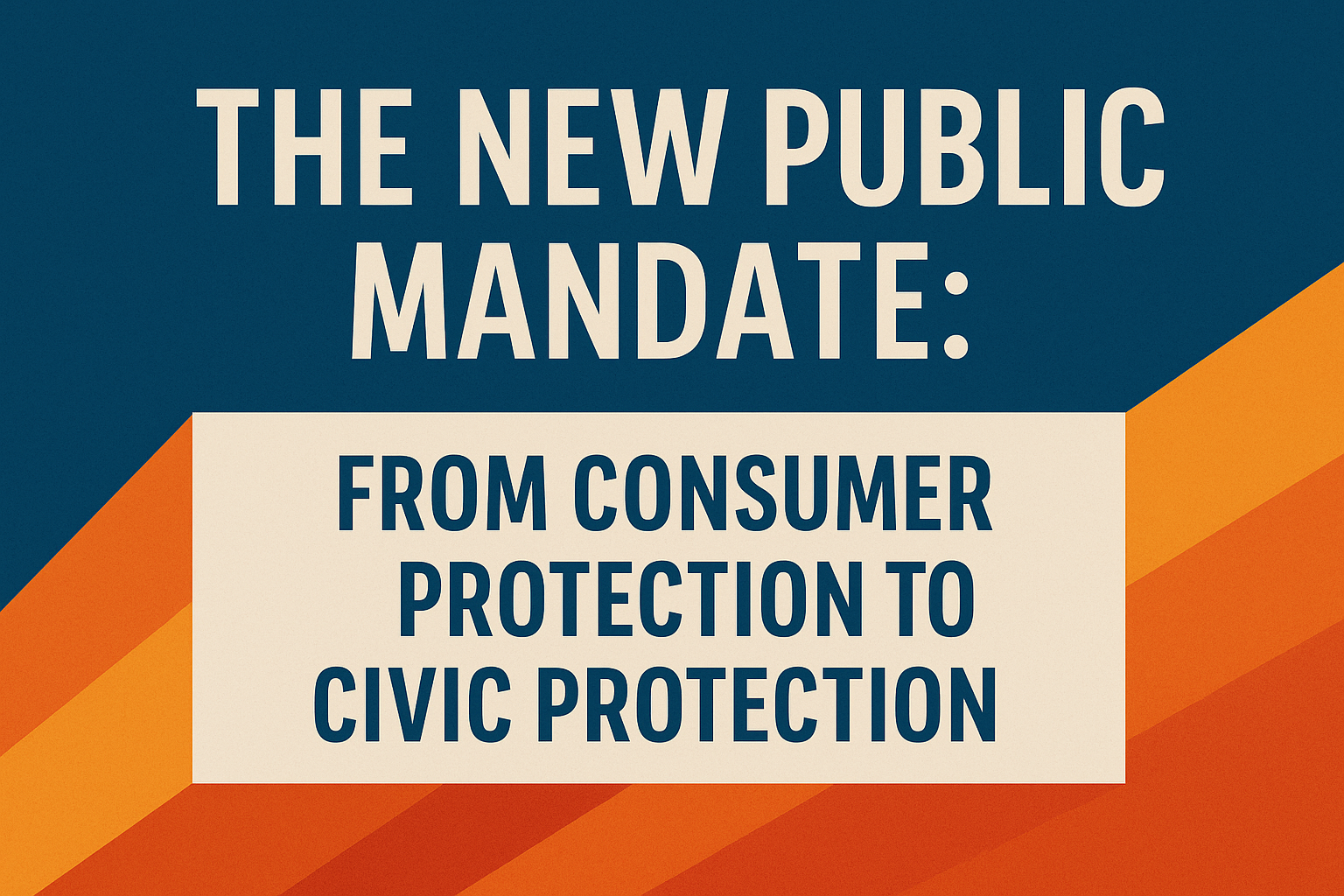
Consumer protection is no longer enough. This essay reframes accountability as a civic responsibility — a preventive, transparent infrastructure that protects public trust itself.
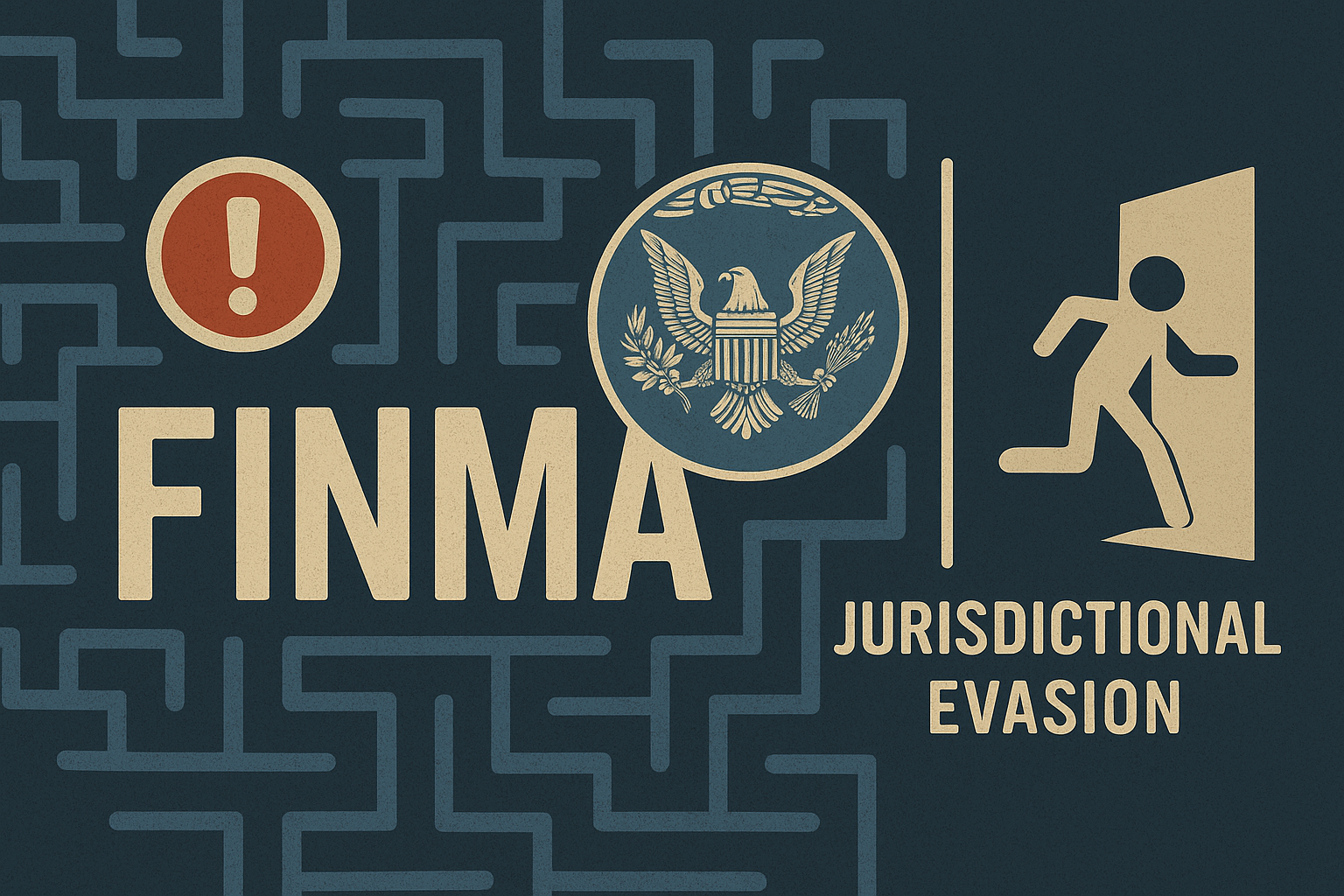
Swiss law protects financial integrity and privacy but when global misconduct enters the equation, that same privacy can shield accountability.
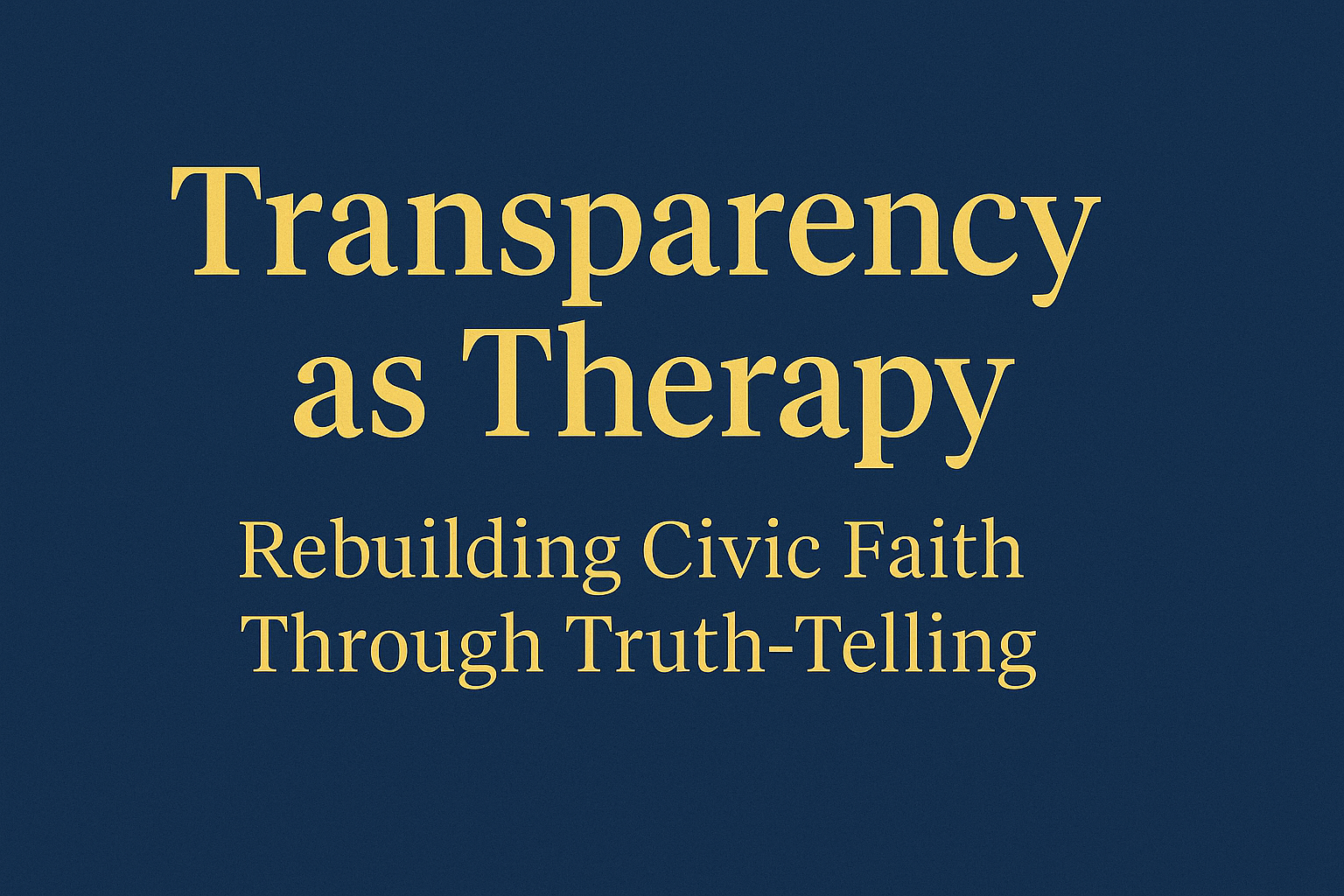
Transparency is more than oversight, it is how societies heal. This essay explores how truth-telling restores civic faith by validating harm, rebuilding trust, and transforming silence into accountability.
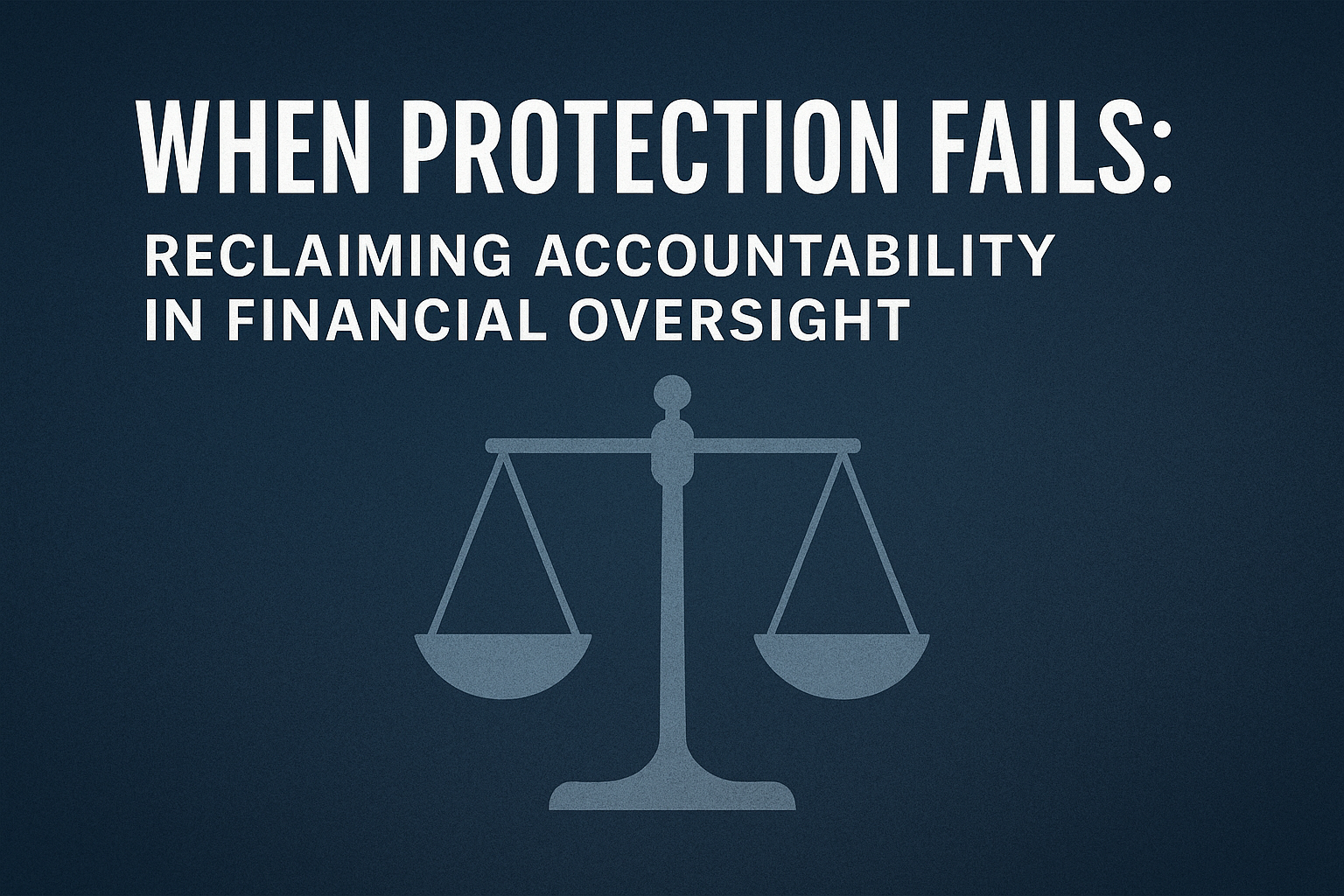
When oversight becomes reactive instead of protective, citizens pay the price. This essay calls for institutional courage, the kind of transparency that prevents harm instead of merely punishing it afterward.
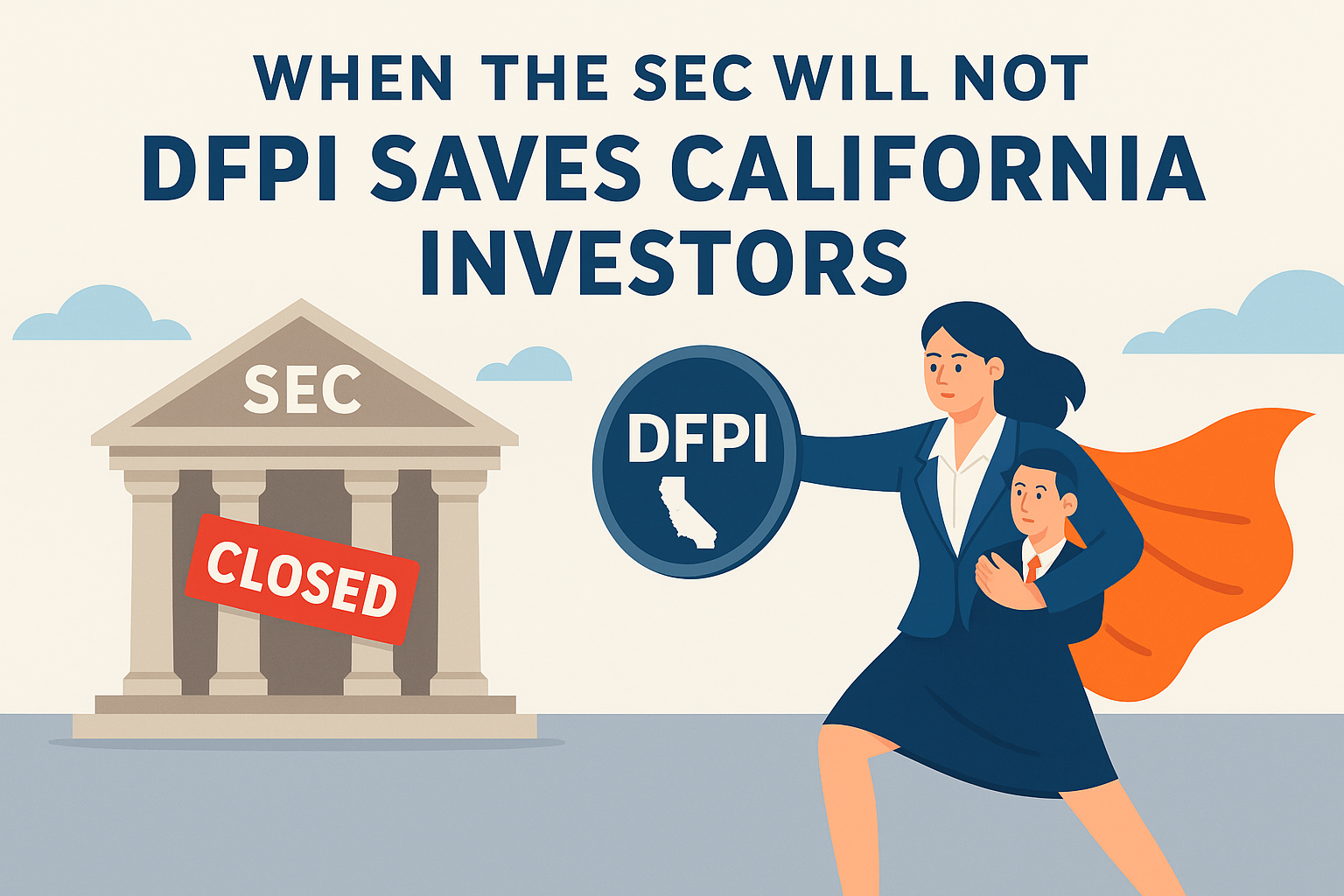
When the SEC stalls or shuts down, California’s DFPI has the power and obligation to act. The Nexo case shows why state-level enforcement is essential when federal settlements leave investors uncompensated.
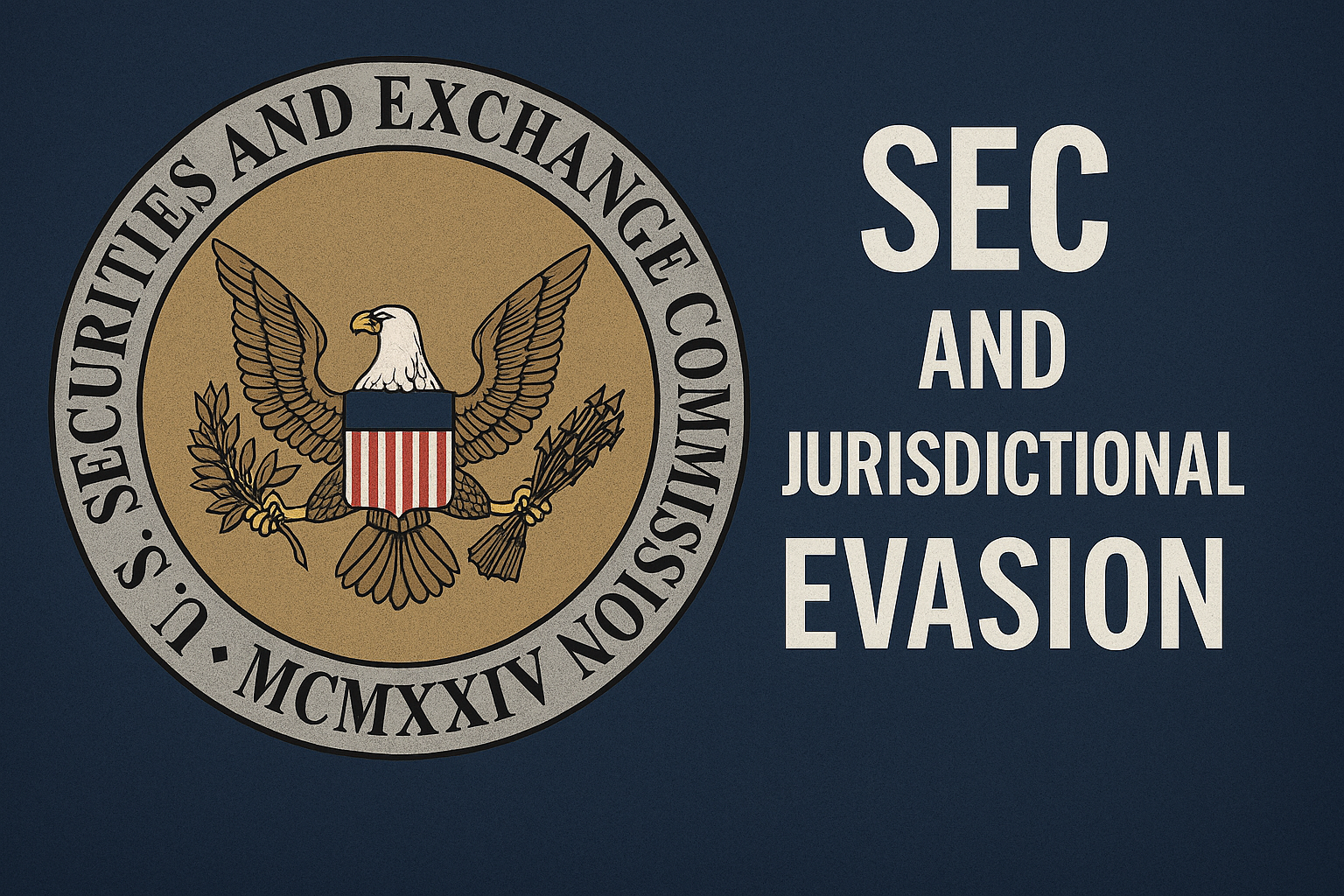
When enforcement ends at the border, accountability becomes optional. The SEC’s global blind spots reveal how jurisdictional evasion thrives even under modern securities law.

When oversight bodies delay or deflect, public faith decays. This essay explores how regulatory silence teaches citizens to expect disappointment — and how transparency is the only antidote to cynicism.

Financial deception destroys far more than money. It fractures trust, health, and families — and erodes the civic foundation that binds a society together. This essay explores the cascading human and institutional effects of misrepresentation and delay.
Disclaimer
The information presented on InvestorJustice.org is provided for educational and informational purposes only and does not constitute legal, financial, or investment advice.
InvestorJustice.org is an independent public-interest research and education platform and does not offer individualized guidance, professional services, or endorsements.
Readers should consult qualified legal or financial professionals before making investment or regulatory decisions.
Our mission is transparency and accountability — not advocacy for any commercial entity.